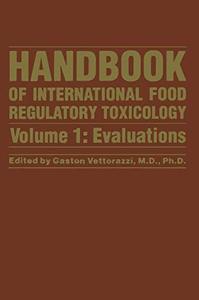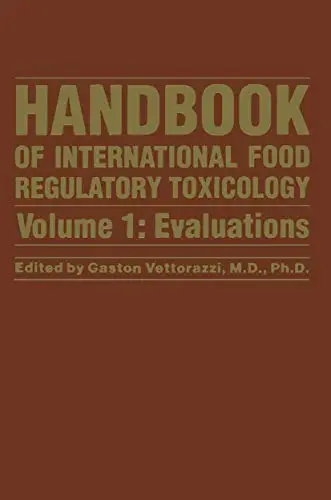One of the striking features of our times is the increasing utilization of chemical products in different fields of human activities, as a result of the spectacular progress of chemical research. Our food supply has not been spared from this general trend, however, and chemical sub stances are being continuously incorporated in foodstuffs. Some of these substances are added to food for technological purposes such as pre serving food from bacterial deterioration (antimicrobials), protecting it from oxidative changes (antioxidants), and improving its organoleptic characteristics (sweeteners, flavors, and flavor enhancers), or texture (stabilizers, emulsifiers, colorants). These substances are generally referred to as intentional food additives. Chemical substances may also be found in food as a result of environ mental or accidental contamination. Between these two categories of chemicals, a third class occupies an intermediate position, represented by chemical products utilized to control insect or fungus pests in agri culture and ectoparasites in animal husbandry. These products are cur rently referred to as pesticides and, due to some of their properties, such as chemical stability associated with scarce hydrosolubility, they may be found as residues in or on food from plant and animal origin. In addition, certain drugs that stimulate growth for accelarating productivity in animals may also be found as residues in edible animal tissues. These substances are referred to as unintentional food additives.
Without You And Your Support We Can’t Continue
Thanks For Buying Premium From My Links For Support
Thanks For Buying Premium From My Links For Support



